Integrated Approaches to Fight Undernutrition
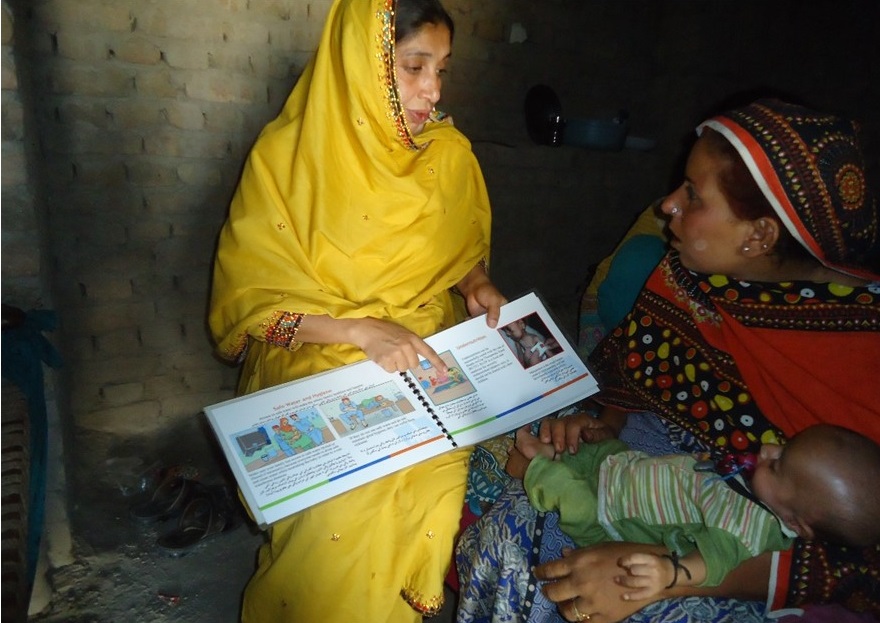
This research study focuses on evaluating the effectiveness of introducing safe drinking water into Community-Based Management of Acute Malnutrition (CMAM) programs for treatment of Severe Acute Malnutrition (SAM) in Dadu, Sindh, Pakistan. This partnership between Action Against Hunger and the Johns Hopkins Bloomberg School of Public Health (JHSPH) will offer input for CMAM program implementation in both development and emergency settings.
Severe Acute Malnutrition (SAM) is a major determinant of morbidity and mortality in children under five years. Therefore, in order to improve child health, it is useful to explore the immediate and underlying causes of SAM, to make its treatment more cost-effective, and to develop strategies to cope with the situation. There is evidence of a strong connection of undernutrition with waterborne diseases and poor hygiene conditions. (Schmidt, 2014)
Pakistan has some of the most severe undernutrition rates in South Asia. The Multiple Indicator Cluster Survey (MICS) 2014 indicates that in Sindh province, 48% of children under five years are stunted and 15.4% are wasted. Dadu is a vulnerable area of Pakistan where severe threats to food insecurity and high rates of undernutrition remain due to frequent natural disasters and lack of public health and market infrastructure. [Rapid Socio-Cultural Assessment (RSCA) of Dadu District, Sindh Province, Pakistan, 2014]
Action Against Hunger works on the ground in Dadu, Pakistan and is fighting against malnutrition and strengthening food security through the European Union (EU) funded Women and Children/Infant Improved Nutrition in Sindh (WINS) project. We began study activities in early January with collaborative support of Johns Hopkins University, in the same intervention area as the EU WINS project.
[caption id=attachment_7669" align="aligncenter" width="763"]
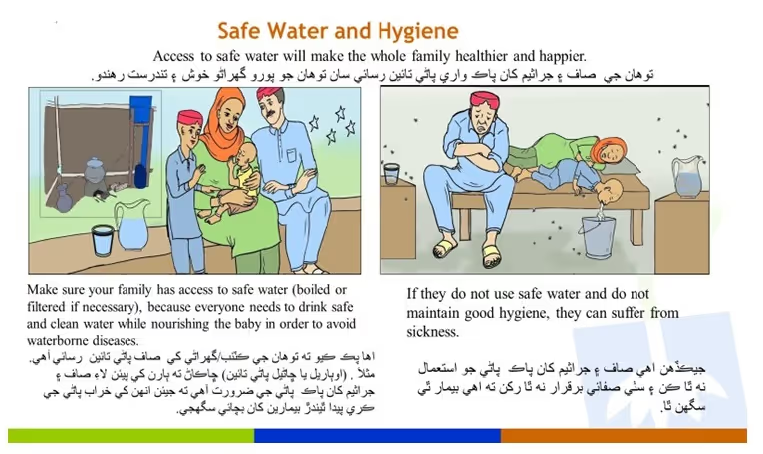
An example of the IEC material used during hygiene promotion sessions.[/caption]
Based on field experience, waterborne diseases and poor health access are major contributors to SAM, illustrating the importance of pursuing the four principles of CMAM. These four principles are as follows: maximum access and coverage, timeliness, appropriate medical and nutrition care, and care for as long as it is needed. Through experiences during the study – including data collection at the SAM treatment sites and at the household level – as well as review of relevant documents (RSCA), we have found that communities in Dadu have widely varied perceptions of SAM and its causes and treatment methods. Though some communities, mostly in areas that are relatively urban and with more access to Action Against Hunger interventions, relate undernutrition to lack of proper food intake, poor hygienic conditions and poverty, many people in communities with less access indicate causes tied to their traditional beliefs and knowledge. Among these ideas, one common opinion is that undernutrition is a condition already existing at birth related to an unhealthy state or behaviour of the mother during pregnancy. The following quotes illustrate some of these examples.
[caption id="attachment_7670" align="alignleft" width="300"]
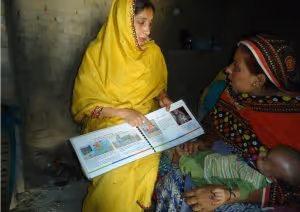
Hygiene Promotion Supervisor Kousar Jahan, 38, delivering hygiene session to a study participant Noor Jahan, 35, at her home in Dadu on 18th May 2016. Noor Jahan’s son Adnan, 6 months old, is a SAM patient.[/caption]
"We call it sokra disease: if a pregnant woman does not take care of herself, that’s why she will give birth to an undernourished baby (sokra). Mothers should take care during pregnancy, if she doesn't eat healthy food and behave properly respecting all our rules then she might give birth to a weak baby,” female FGD participant, Village Arain Punjabi, UC Piyaro Station (RSCA).
"We didn’t know about it [undernutrition]; that’s why many children died because of it. We used to go to the doctor but the medicines were not effective, now we know about it [after Action Against Hunger came]. (...) About the causes, we don't know, but we refer to Action Against Hunger,” male FGD participant, Village Mazar Bhurgri, UC Tor (RSCA).
In addition to these different perceptions, another factor in addressing SAM in Dadu is the challenge faced by the children’s primary caretakers in seeking treatment. Most primary caretakers who participated in the study were women and they faced difficulty in balancing treatment with their daily household work, in accessing affordable transportation to reach the OTP sites, and in facing cultural and social barriers to waiting in long queues at some OTP sites especially in difficult circumstances and under hot weather for CMAM follow-up visits.
We hope that the quantitative and qualitative findings of this study will generate further evidence around best practices in CMAM, contributing to improved SAM programming and enabling more effective treatment of this condition.
By Mohsin Khan, Deputy Research ManagerThis research study focuses on evaluating the effectiveness of introducing safe drinking water into Community-Based Management of Acute Malnutrition (CMAM) programs for treatment of Severe Acute Malnutrition (SAM) in Dadu, Sindh, Pakistan. This partnership between Action Against Hunger and the Johns Hopkins Bloomberg School of Public Health (JHSPH) will offer input for CMAM program implementation in both development and emergency settings.
Severe Acute Malnutrition (SAM) is a major determinant of morbidity and mortality in children under five years. Therefore, in order to improve child health, it is useful to explore the immediate and underlying causes of SAM, to make its treatment more cost-effective, and to develop strategies to cope with the situation. There is evidence of a strong connection of undernutrition with waterborne diseases and poor hygiene conditions. (Schmidt, 2014)
Pakistan has some of the most severe undernutrition rates in South Asia. The Multiple Indicator Cluster Survey (MICS) 2014 indicates that in Sindh province, 48% of children under five years are stunted and 15.4% are wasted. Dadu is a vulnerable area of Pakistan where severe threats to food insecurity and high rates of undernutrition remain due to frequent natural disasters and lack of public health and market infrastructure. [Rapid Socio-Cultural Assessment (RSCA) of Dadu District, Sindh Province, Pakistan, 2014]
Action Against Hunger works on the ground in Dadu, Pakistan and is fighting against malnutrition and strengthening food security through the European Union (EU) funded Women and Children/Infant Improved Nutrition in Sindh (WINS) project. We began study activities in early January with collaborative support of Johns Hopkins University, in the same intervention area as the EU WINS project.
[caption id="attachment_7669" align="aligncenter" width="763"]

An example of the IEC material used during hygiene promotion sessions.[/caption]
Based on field experience, waterborne diseases and poor health access are major contributors to SAM, illustrating the importance of pursuing the four principles of CMAM. These four principles are as follows: maximum access and coverage, timeliness, appropriate medical and nutrition care, and care for as long as it is needed. Through experiences during the study – including data collection at the SAM treatment sites and at the household level – as well as review of relevant documents (RSCA), we have found that communities in Dadu have widely varied perceptions of SAM and its causes and treatment methods. Though some communities, mostly in areas that are relatively urban and with more access to Action Against Hunger interventions, relate undernutrition to lack of proper food intake, poor hygienic conditions and poverty, many people in communities with less access indicate causes tied to their traditional beliefs and knowledge. Among these ideas, one common opinion is that undernutrition is a condition already existing at birth related to an unhealthy state or behaviour of the mother during pregnancy. The following quotes illustrate some of these examples.
[caption id="attachment_7670" align="alignleft" width="300"]

Hygiene Promotion Supervisor Kousar Jahan, 38, delivering hygiene session to a study participant Noor Jahan, 35, at her home in Dadu on 18th May 2016. Noor Jahan’s son Adnan, 6 months old, is a SAM patient.[/caption]
"We call it sokra disease: if a pregnant woman does not take care of herself, that’s why she will give birth to an undernourished baby (sokra). Mothers should take care during pregnancy, if she doesn't eat healthy food and behave properly respecting all our rules then she might give birth to a weak baby,” female FGD participant, Village Arain Punjabi, UC Piyaro Station (RSCA).
"We didn’t know about it [undernutrition]; that’s why many children died because of it. We used to go to the doctor but the medicines were not effective, now we know about it [after Action Against Hunger came]. (...) About the causes, we don't know, but we refer to Action Against Hunger,” male FGD participant, Village Mazar Bhurgri, UC Tor (RSCA).
In addition to these different perceptions, another factor in addressing SAM in Dadu is the challenge faced by the children’s primary caretakers in seeking treatment. Most primary caretakers who participated in the study were women and they faced difficulty in balancing treatment with their daily household work, in accessing affordable transportation to reach the OTP sites, and in facing cultural and social barriers to waiting in long queues at some OTP sites especially in difficult circumstances and under hot weather for CMAM follow-up visits.
We hope that the quantitative and qualitative findings of this study will generate further evidence around best practices in CMAM, contributing to improved SAM programming and enabling more effective treatment of this condition.
By Mohsin Khan, Deputy Research Manager
Stay updated
Sign up for our newsletter to receive regular updates on resources, news, and insights like this. Don’t miss out on important information that can help you stay informed and engaged.
Related articles
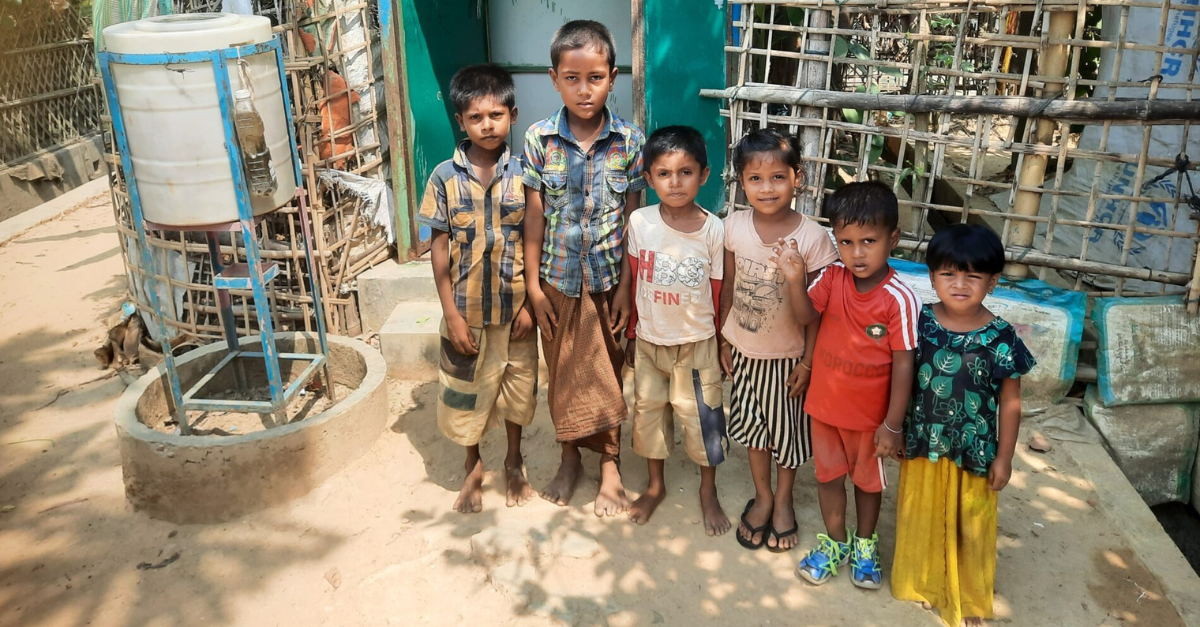

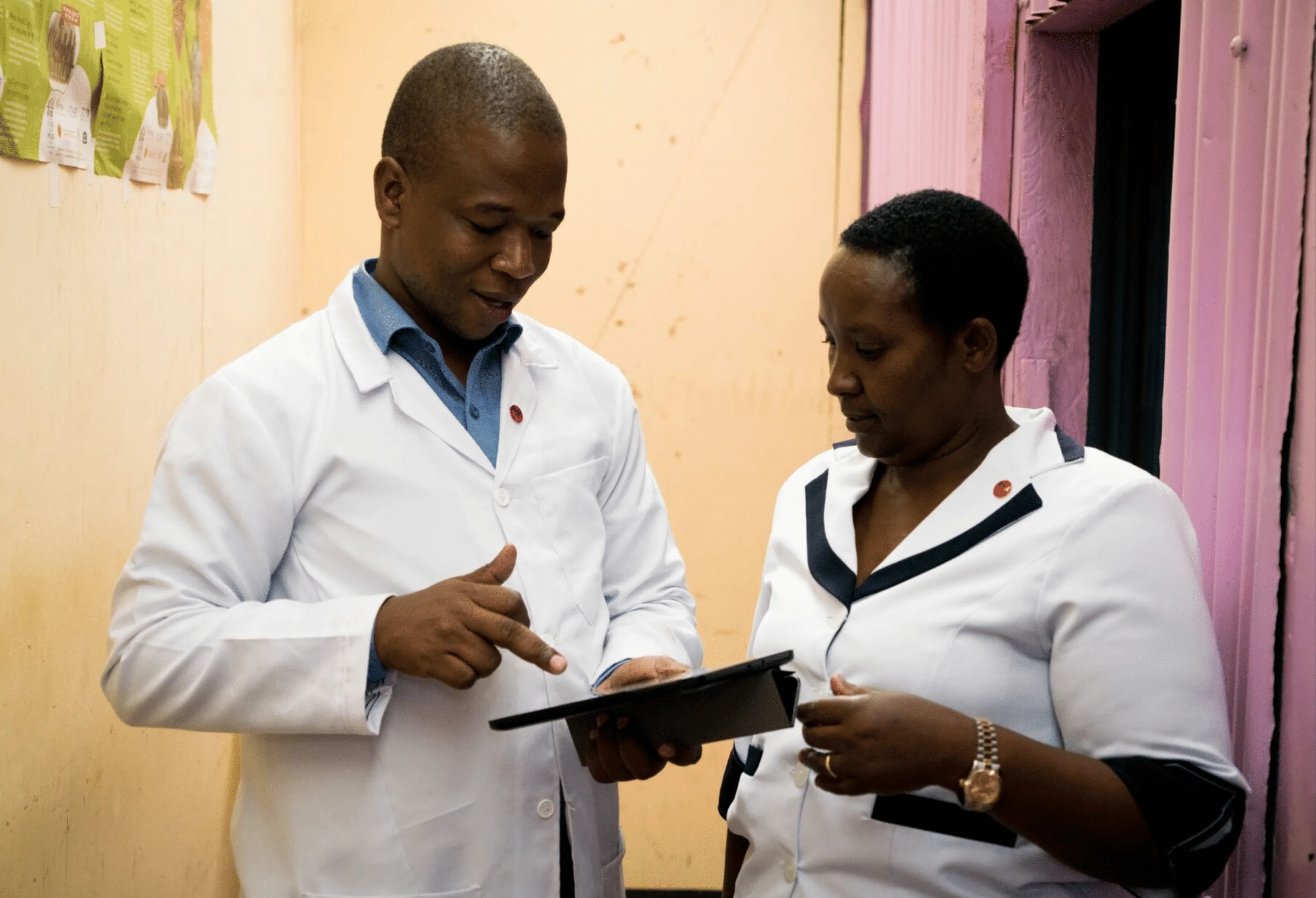
Explore Elrha
Learn more about our mission, the organisations we support, and the resources we provide to drive research and innovation in humanitarian response.